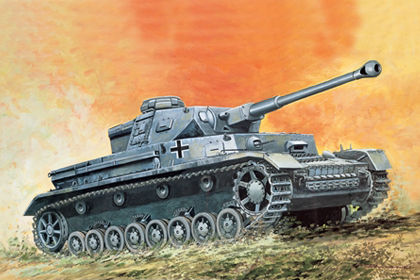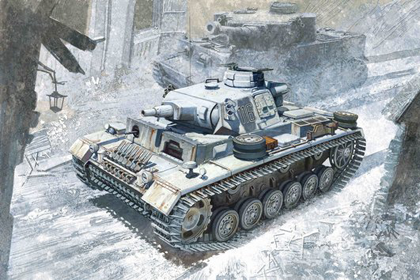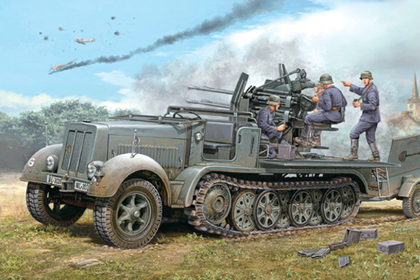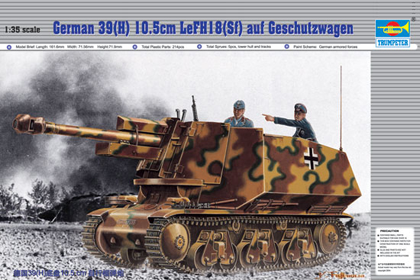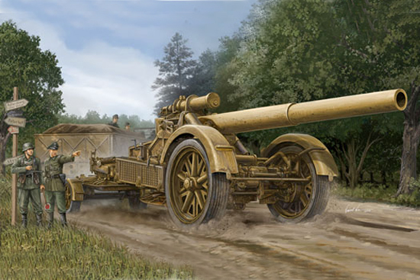This is the Trumpeter 02314 kit in 1/35 scale, of the ‘German 21 cm Mörser 18’.
The Mrs 18 was designed to replace the obsolescent World War I-era 21 cm Mrs 16. While the gun design itself was nothing innovative, the same cannot be said for the carriage. It was one of the first weapons, if not the first in quantity production, that used the interesting dual-recoil system. The barrel recoiled normally in its cradle, but, in addition, the whole top carriage, which carried the barrel and its cradle, recoiled across the main part of the carriage. This system damped out the recoil forces and made for a very steady firing platform.
This carriage was also used for the 17 cm Kanone 18 in Mörserlafette and the 15 cm Schnelladekanone C/28 in Mörserlafette. The Mrs 18 was an enormous weapon that was transported in two pieces, as was common for such large weapons. For travel the barrel was slid on to a separate trailer. The carriage carried an integral firing platform that was lowered to the ground when emplacing the howitzer.
The wheels were then cranked up off the ground and it was now ready for firing. A rear castor-wheel jack was used to raise the rear spade off the ground if the gun needed to be traversed more than allowed by the 16° allowed by the mount proper.
